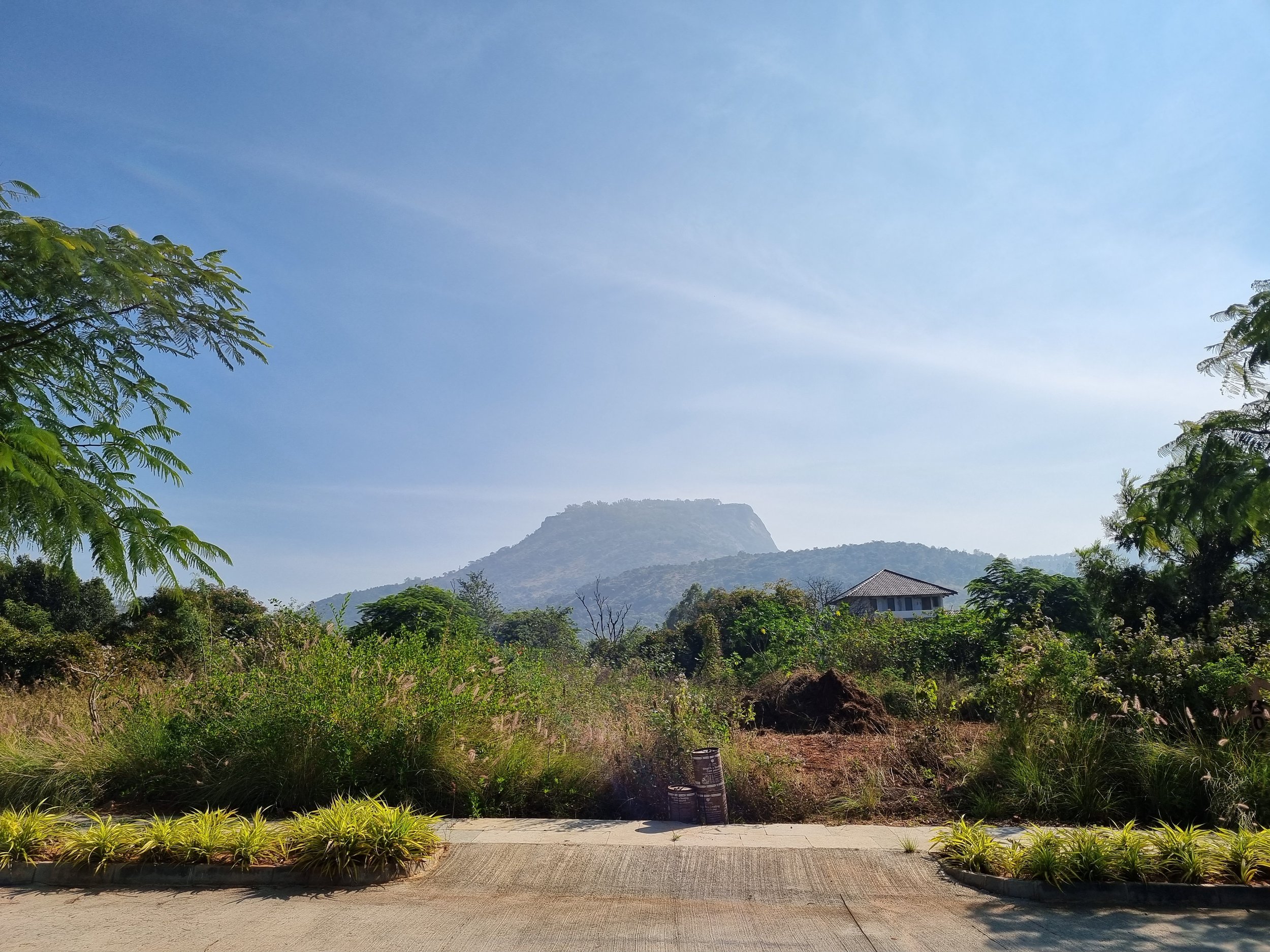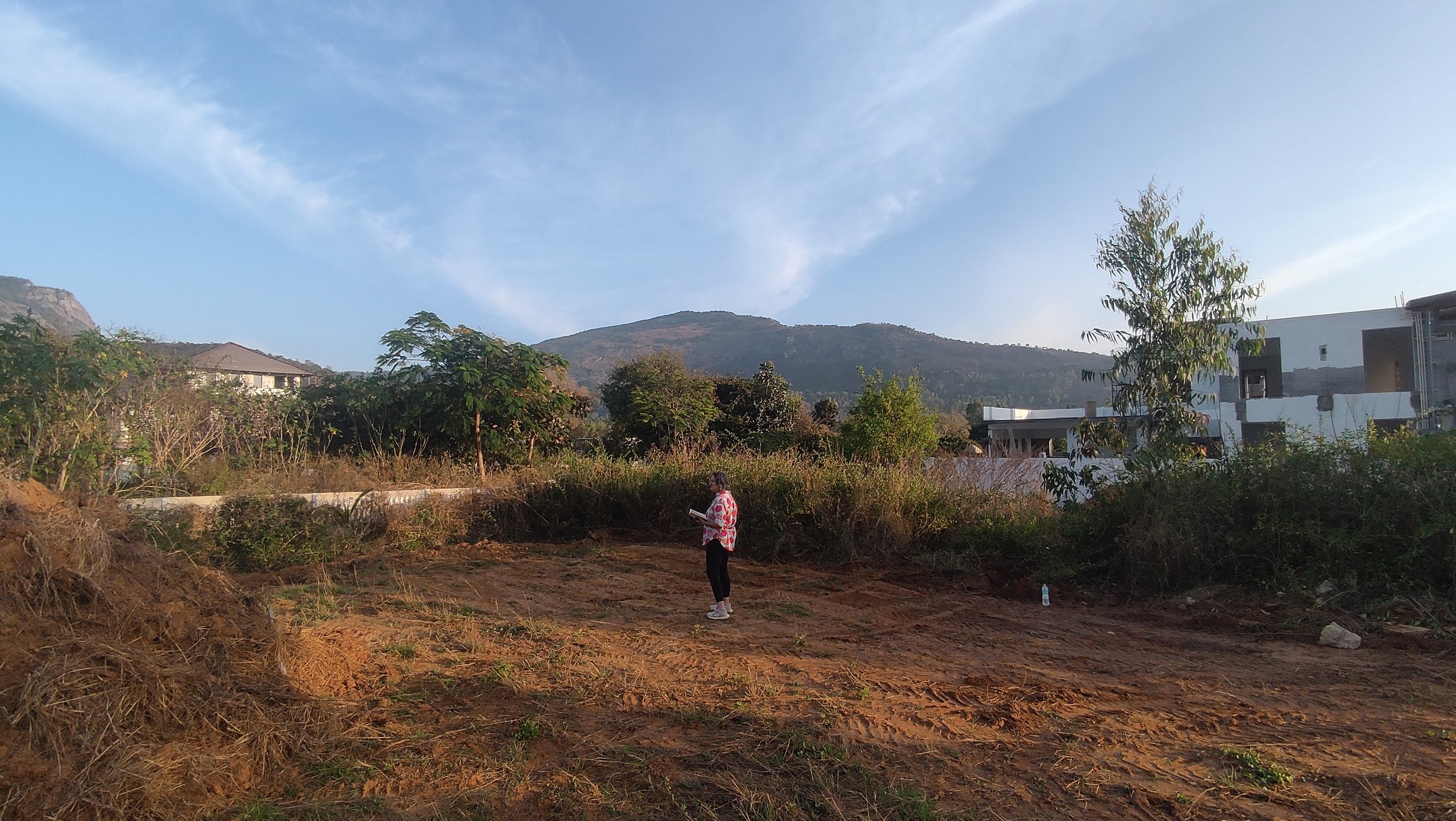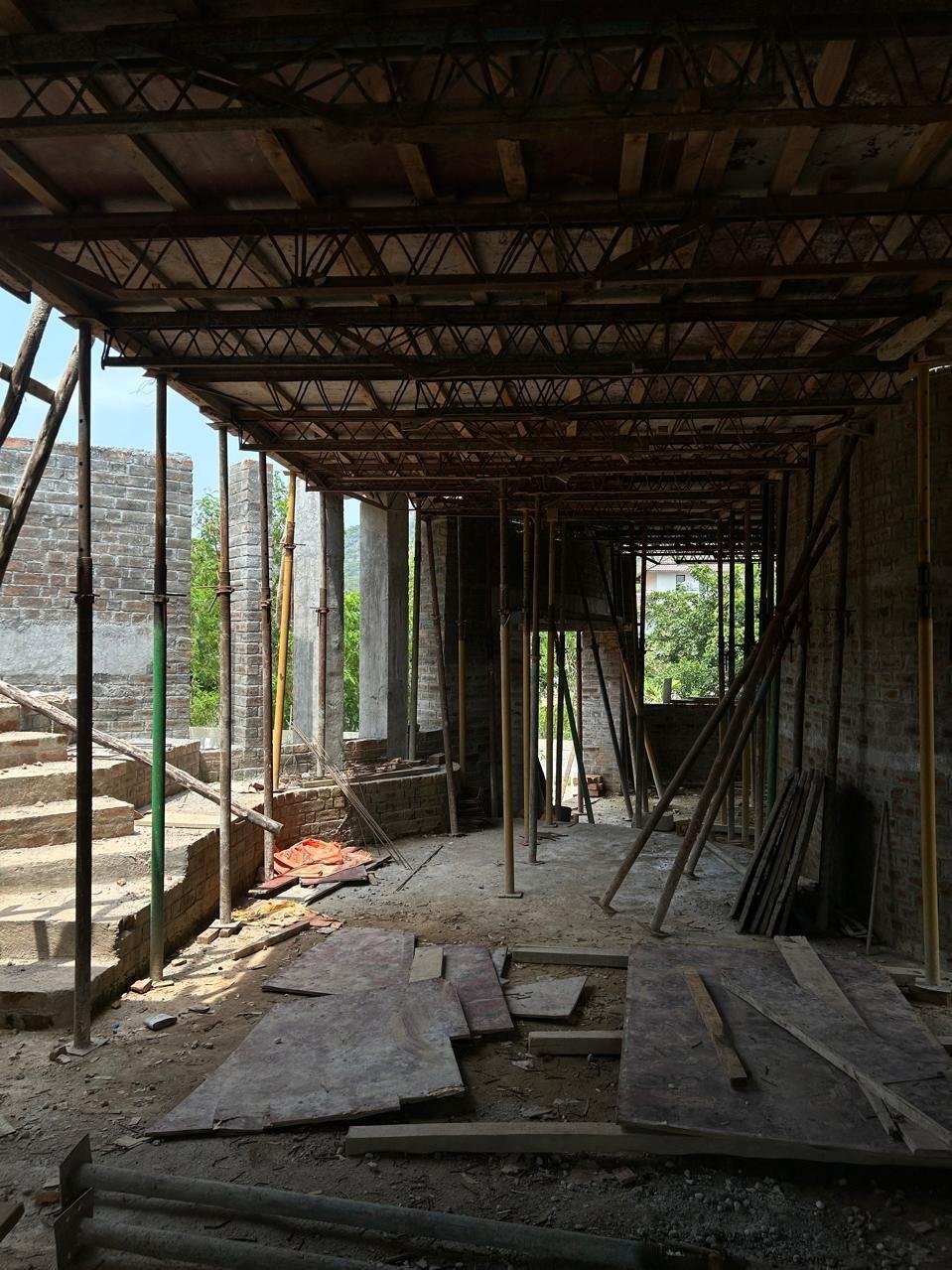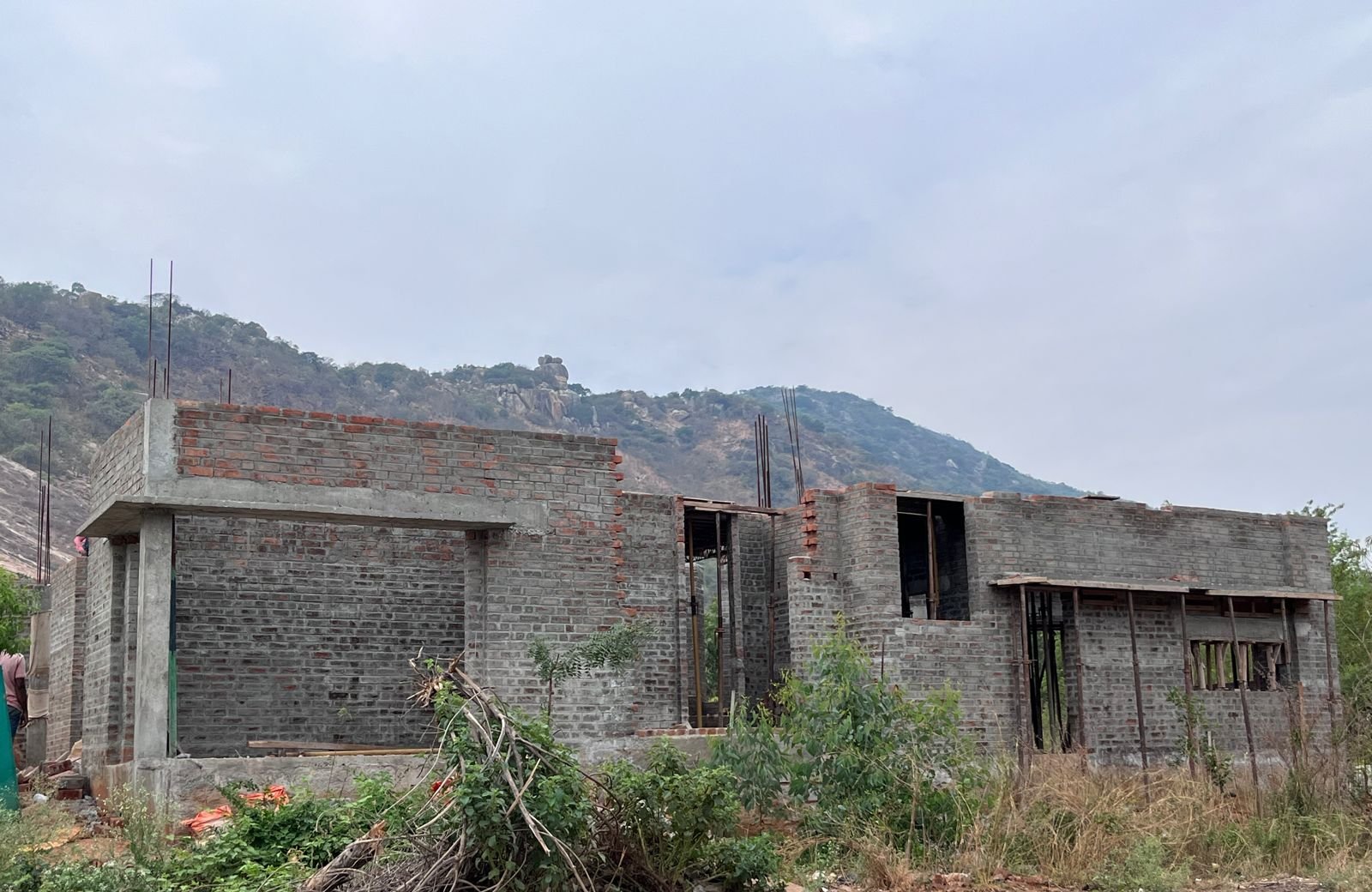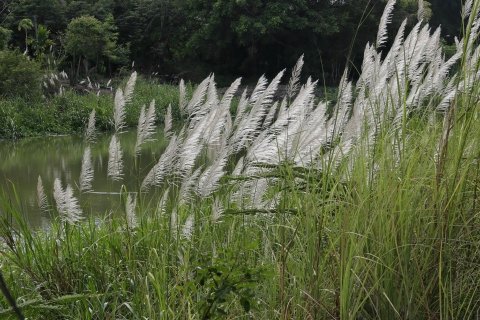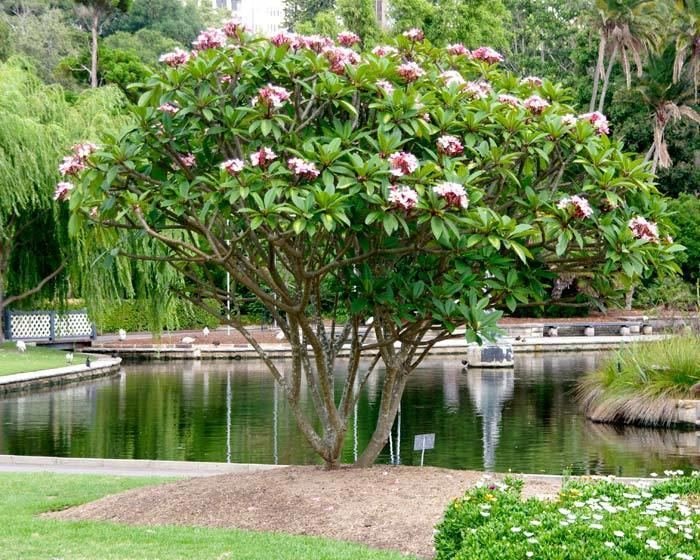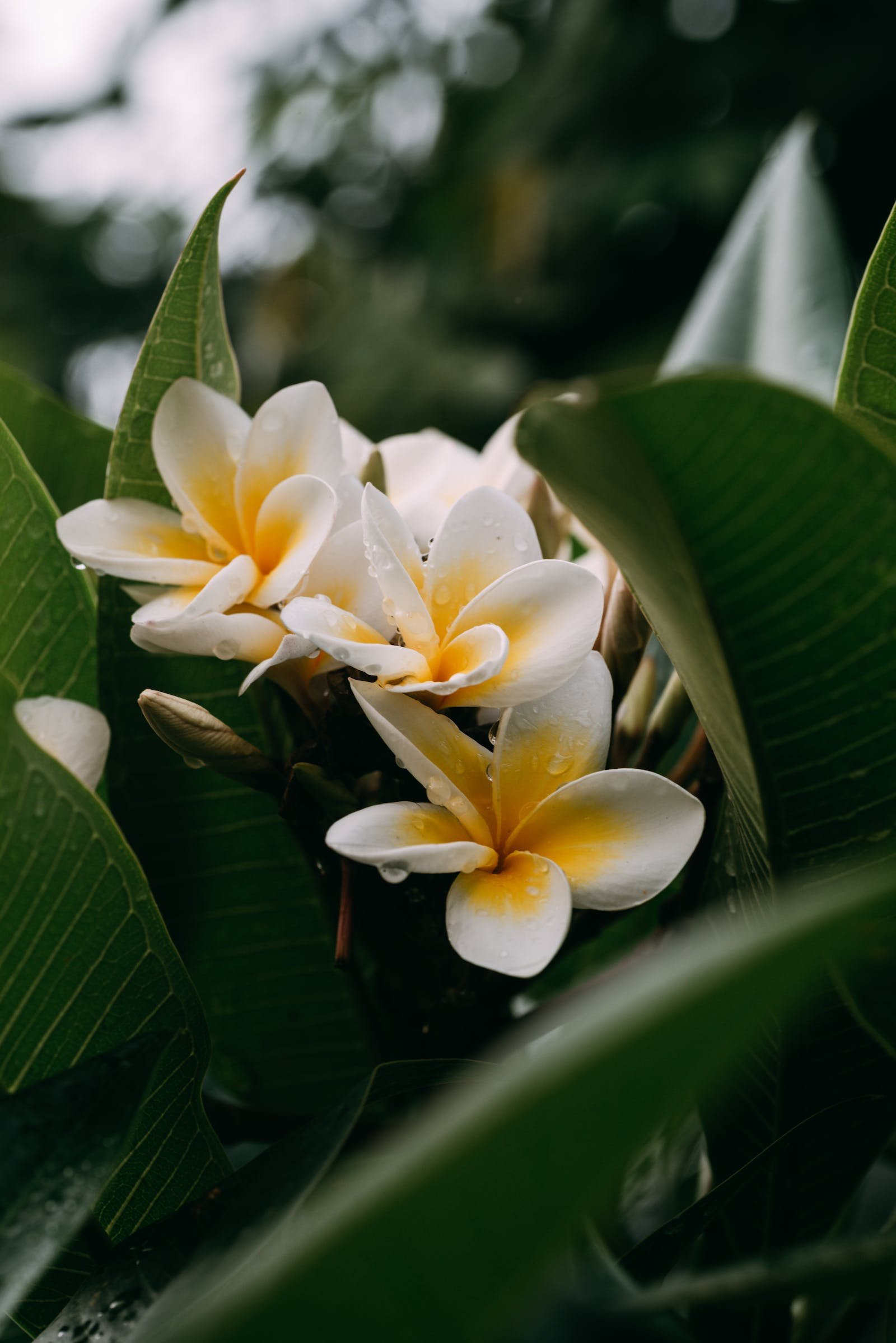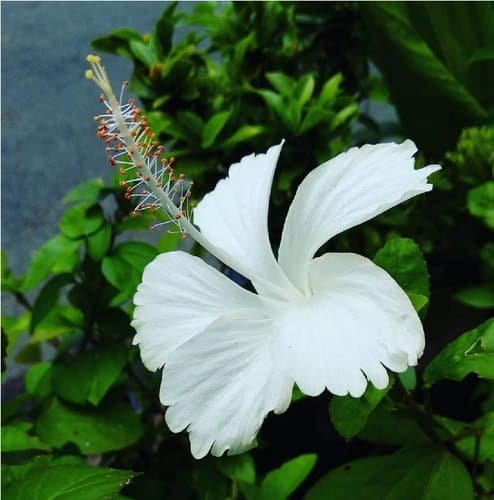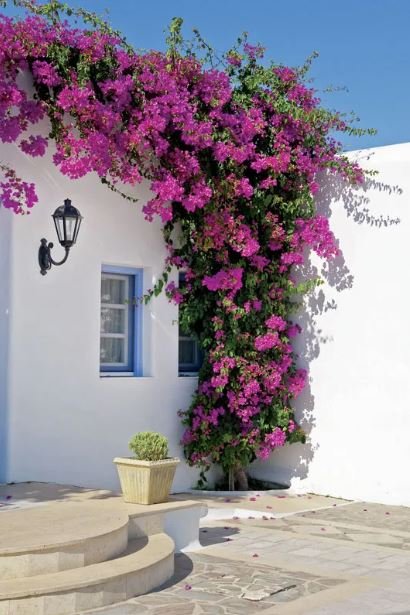On one of our Villas in Goa sites for Grounded Villas, we faced the need to cut down a few teak trees onsite. Instead of letting this valuable wood go to waste, we saw an opportunity and decided to reuse it creatively.
Working with a local craftsman, Nereus Drego in Goa, we designed the teak into custom-made furniture pieces. The furniture pieces are a long country table for the eat-in kitchen for Toybox, along with two uniquely designed center tables.
These furniture pieces not only stand out for their beautiful design but also hold sentimental value. It's crafted from the very trees that once were a part of the site, creating a lasting connection. It's our little effort to savor the precious resources of the environment and the trees in Goa.
Using natural materials in our interiors aligns with our philosophy of ecological design by blending indoor spaces with nature. One of the center tables is interactive and designed for a family that opens up into small storage for display. The long table in Toybox's kitchen serves as a focal point, as the double-height kitchen space is the heart of the house. Toybox is about to launch soon! Subscribe to our newsletter to learn more about Toybox and our sustainable design practices.










